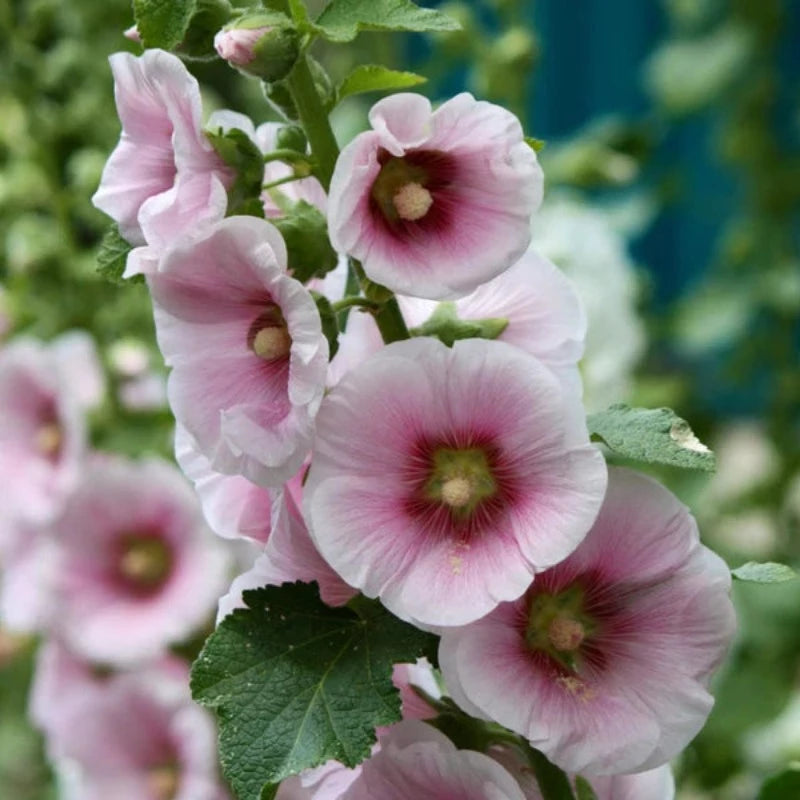- Historical context: Hollyhocks have been cultivated for centuries and are often associated with traditional cottage gardens. They have been depicted in art and literature throughout history.
- Geographical origination: The Alcea rosea is believed to have originated in Asia, particularly in regions of China and the Middle East.
- Relevant cultural significance: Hollyhocks have been used in various cultures for ornamental purposes and are often seen in historical gardens. They are also associated with the Victorian era and are a symbol of fertility and abundance.
- Time period of discovery: The exact time of discovery is unclear, but they have been cultivated since at least the 16th century.
- Original habitat: They thrive in temperate climates and are often found in meadows, along roadsides, and in gardens.
- Notable historical uses: Historically, hollyhocks were used for their medicinal properties, including treatments for respiratory issues and skin inflammations.
- Ideal temperature range: Hollyhocks prefer temperatures between 60°F to 85°F (15°C to 29°C).
- Soil type: They thrive in well-drained, fertile soil with a pH range of 6.0 to 7.5.
- Sunlight requirements: Full sun is ideal, requiring at least 6 hours of direct sunlight per day.
- Watering needs: Moderate watering is needed. Keep the soil consistently moist but not waterlogged.
- Planting season: Plant hollyhock seeds in spring or early summer after the last frost.
- Germination time: Seeds typically germinate within 10 to 14 days.
- Growth cycle duration: Hollyhocks are biennial or short-lived perennials, usually blooming in their second year.
- Common pests and diseases: Common issues include rust, aphids, and spider mites. Rust is particularly problematic and can be managed with proper spacing and fungicides.
- Companion planting advice: Hollyhocks pair well with other tall plants like delphiniums and sunflowers.
- Common challenges and solutions: Rust can be a significant issue. Ensure good air circulation and avoid overhead watering to minimize rust. Staking may be necessary to support tall plants.
- Nutritional values: Hollyhocks are not typically consumed for their nutritional value.
- Health benefits: Traditionally, hollyhocks have been used in herbal medicine to treat respiratory issues, digestive problems, and skin inflammations.
- Culinary uses: While not commonly used in modern cuisine, hollyhock flowers were sometimes used in historical recipes for their color and mild flavor.
- Medicinal uses: Hollyhocks have been used in traditional medicine for their anti-inflammatory and soothing properties. They are often used in teas and poultices.
- Other unique advantages: Hollyhocks are excellent for attracting pollinators like bees and butterflies to the garden. They also add vertical interest and vibrant color to garden landscapes.




